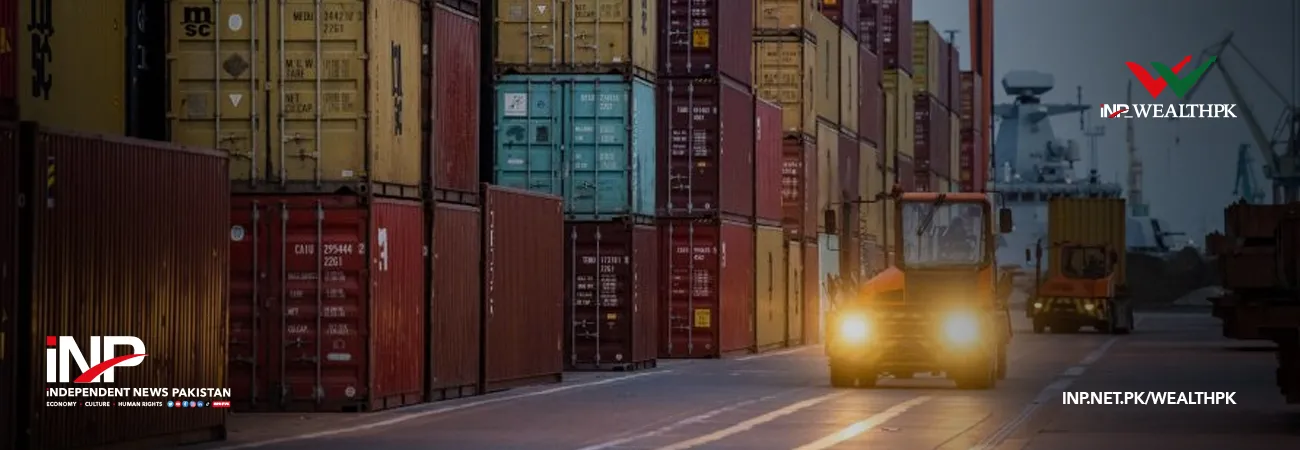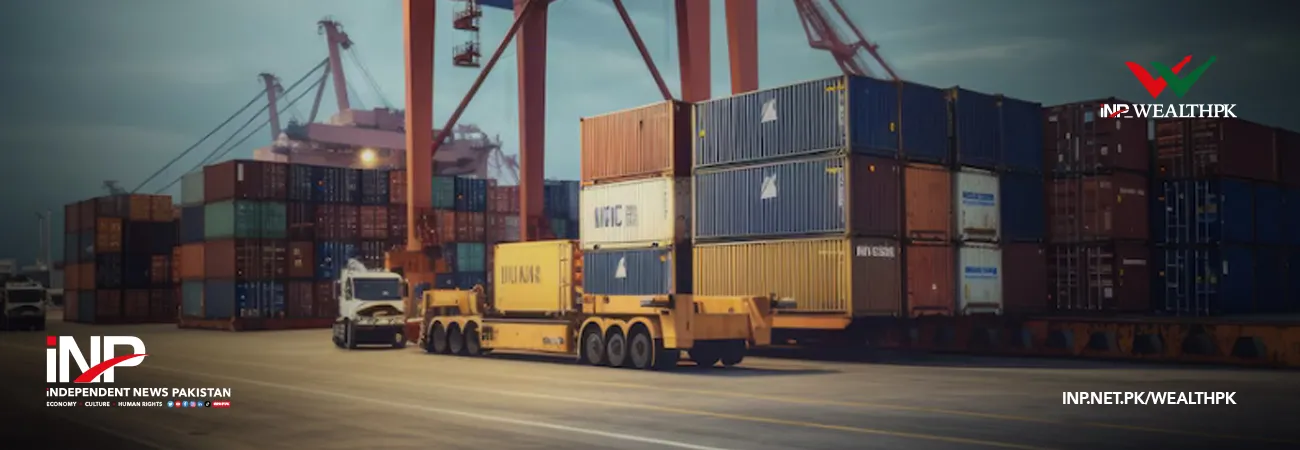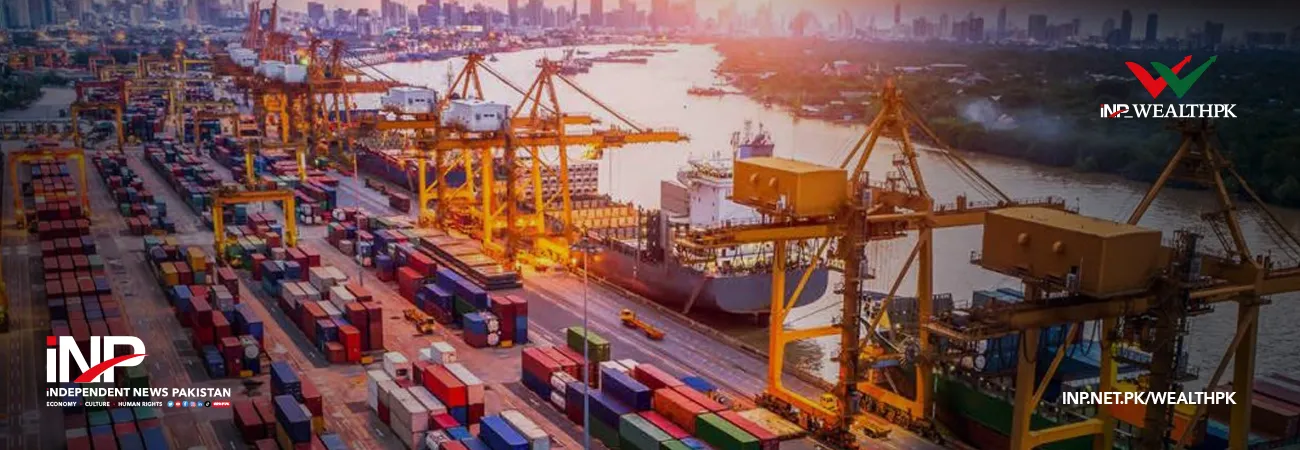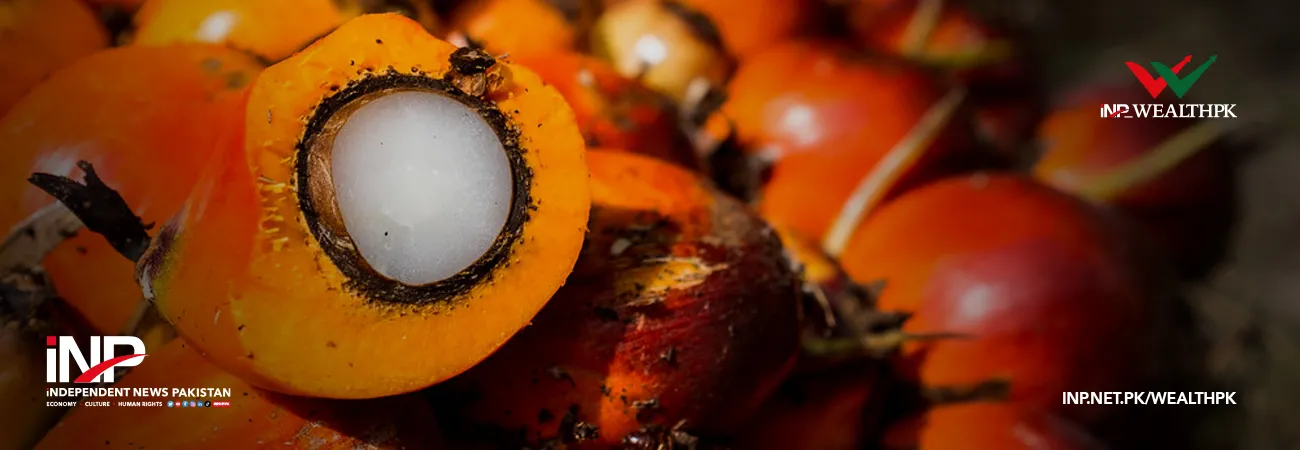INP-WealthPk
Jawad Ahmed
ISLAMABAD, May 30 (INP-WealthPK): Pakistan’s exports to China witnessed an increase of 42.78% during the 10 months (July-April) of the fiscal year 2021-22 (10MFY22) compared to the corresponding period of last year, the State Bank of Pakistan (SBP) has reported.
According to the SBP, overall exports to China were recorded at $2.343 billion during the July-April period of FY22 as against exports of $1.641 billion during the same period of FY21, showing a growth of 42.78%.
[caption id="attachment_67538" align="aligncenter" width="696"] Source: State Bank of Pakistan (SBP)/ WealthPK Research[/caption]
According to the statistics released by SBP, however, Pakistan’s exports to China declined to $215.7 million in April 2022 from $285.6 million in March 2022, showing a decrease of 24.5%.
On the other hand, imports from China during July-April 2021-22 were recorded at $14.361 billion against the exports $10.311 billion during July-March 2020-21, showing an increase of 39.28%.
Month-on-month, imports from China declined by 19.1% to $1.376 billion in April 2022 from $1.701 billion in March 2022.
China is Pakistan's second largest trading partner after the United States. The China-Pakistan Economic Corridor has led to development of multiple trade links between Islamabad and Beijing.
Especially, the construction of the special economic zones under the CPEC has improved commercial ties between the two brotherly countries.
Pakistan's export capabilities have increased exceptionally as a result of a comprehensive investments in all sectors of the economy.
China is expected to become the leading export destination for Pakistani products in near future. There is every likelihood that Pakistan will become China's key South Asian trading partner given the strong trading and business links developed over the years thanks to the CPEC.
The CPEC has the potential to reshape Pakistan's economy and turn it into an export-oriented one.
The first phase of the multi-billion-dollar project focused on laying communication infrastructure and building power projects to help Islamabad meet its growing energy needs. The second phase of the CPEC, which is the largest component of the China’s Belt and Road Initiative, focuses on Pakistan’s industrialisation, involving both the public and private sectors.
Pakistan’s agriculture sector stands to gain a lot provided it innovates and advances its production means to tap its vast export potential. China is presently the world's largest importer of agricultural goods, and a well-developed agriculture sector of Pakistan would definitely lure Beijing towards it.
The second phase of the CPEC also envisages bringing in Chinese expertise to increase industrial competitiveness. Technology transfer, import substitution, export-led growth, human capital development and job creation are some of the key objectives of the government policy aimed at rapid industrialisation.
Source: State Bank of Pakistan (SBP)/ WealthPK Research[/caption]
According to the statistics released by SBP, however, Pakistan’s exports to China declined to $215.7 million in April 2022 from $285.6 million in March 2022, showing a decrease of 24.5%.
On the other hand, imports from China during July-April 2021-22 were recorded at $14.361 billion against the exports $10.311 billion during July-March 2020-21, showing an increase of 39.28%.
Month-on-month, imports from China declined by 19.1% to $1.376 billion in April 2022 from $1.701 billion in March 2022.
China is Pakistan's second largest trading partner after the United States. The China-Pakistan Economic Corridor has led to development of multiple trade links between Islamabad and Beijing.
Especially, the construction of the special economic zones under the CPEC has improved commercial ties between the two brotherly countries.
Pakistan's export capabilities have increased exceptionally as a result of a comprehensive investments in all sectors of the economy.
China is expected to become the leading export destination for Pakistani products in near future. There is every likelihood that Pakistan will become China's key South Asian trading partner given the strong trading and business links developed over the years thanks to the CPEC.
The CPEC has the potential to reshape Pakistan's economy and turn it into an export-oriented one.
The first phase of the multi-billion-dollar project focused on laying communication infrastructure and building power projects to help Islamabad meet its growing energy needs. The second phase of the CPEC, which is the largest component of the China’s Belt and Road Initiative, focuses on Pakistan’s industrialisation, involving both the public and private sectors.
Pakistan’s agriculture sector stands to gain a lot provided it innovates and advances its production means to tap its vast export potential. China is presently the world's largest importer of agricultural goods, and a well-developed agriculture sector of Pakistan would definitely lure Beijing towards it.
The second phase of the CPEC also envisages bringing in Chinese expertise to increase industrial competitiveness. Technology transfer, import substitution, export-led growth, human capital development and job creation are some of the key objectives of the government policy aimed at rapid industrialisation.













